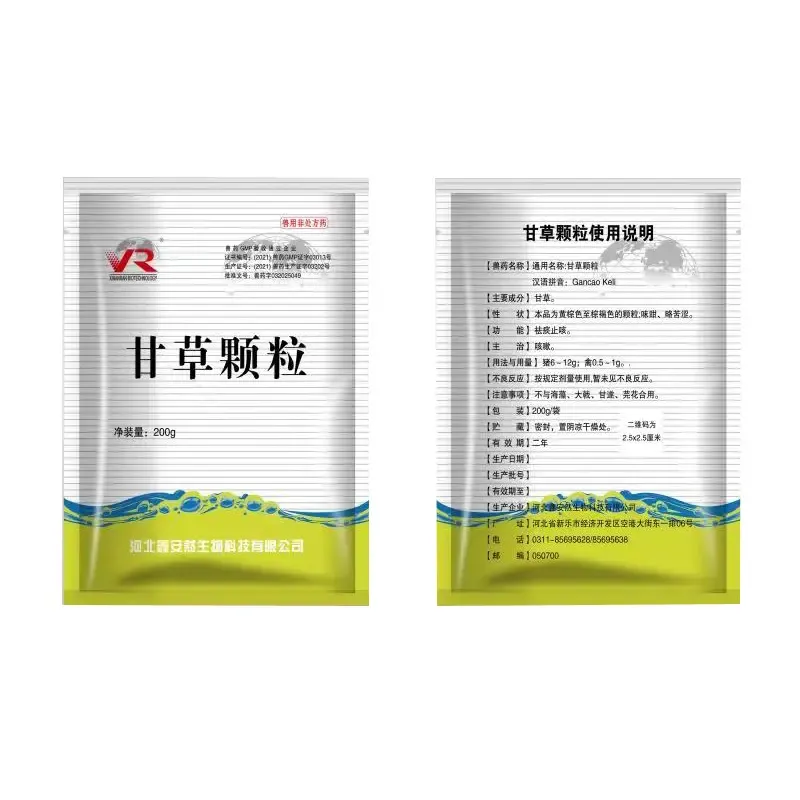- Afrikaans
- Albanian
- Amharic
- Arabic
- Armenian
- Azerbaijani
- Basque
- Belarusian
- Bengali
- Bosnian
- Bulgarian
- Catalan
- Cebuano
- Corsican
- Croatian
- Czech
- Danish
- Dutch
- English
- Esperanto
- Estonian
- Finnish
- French
- Frisian
- Galician
- Georgian
- German
- Greek
- Gujarati
- Haitian Creole
- hausa
- hawaiian
- Hebrew
- Hindi
- Miao
- Hungarian
- Icelandic
- igbo
- Indonesian
- irish
- Italian
- Japanese
- Javanese
- Kannada
- kazakh
- Khmer
- Rwandese
- Korean
- Kurdish
- Kyrgyz
- Lao
- Latin
- Latvian
- Lithuanian
- Luxembourgish
- Macedonian
- Malgashi
- Malay
- Malayalam
- Maltese
- Maori
- Marathi
- Mongolian
- Myanmar
- Nepali
- Norwegian
- Norwegian
- Occitan
- Pashto
- Persian
- Polish
- Portuguese
- Punjabi
- Romanian
- Russian
- Samoan
- Scottish Gaelic
- Serbian
- Sesotho
- Shona
- Sindhi
- Sinhala
- Slovak
- Slovenian
- Somali
- Spanish
- Sundanese
- Swahili
- Swedish
- Tagalog
- Tajik
- Tamil
- Tatar
- Telugu
- Thai
- Turkish
- Turkmen
- Ukrainian
- Urdu
- Uighur
- Uzbek
- Vietnamese
- Welsh
- Bantu
- Yiddish
- Yoruba
- Zulu
Dec . 07, 2024 10:31 Back to list
doxycycline hyclate normal dosage
Doxycycline Hyclate Understanding Normal Dosage and Its Significance
Doxycycline hyclate is a broad-spectrum antibiotic belonging to the tetracycline class, commonly prescribed for a variety of infections. This medication is particularly effective against many gram-positive and gram-negative bacteria, as well as atypical pathogens. Understanding the normal dosage of doxycycline hyclate and its implications is crucial for patients and healthcare providers alike, particularly for ensuring efficacy while minimizing the risk of side effects and resistance.
Mechanism of Action
Doxycycline works by inhibiting protein synthesis in bacteria, which is essential for their growth and reproduction. By binding to the 30S ribosomal subunit, it disrupts the translation of mRNA into proteins, ultimately halting bacterial proliferation. This mechanism makes doxycycline hyclate a potent option for treating numerous infections, such as respiratory tract infections, acne, Lyme disease, and even certain types of malaria and sexually transmitted diseases.
Normal Dosage Guidelines
The normal dosage of doxycycline hyclate can vary based on the specific infection being treated, the patient's age, weight, and overall health. For adults, the typical dosing regimen begins with a loading dose of 200 mg on the first day, followed by a maintenance dose of 100 mg daily. In some cases, depending on the condition, the dose may be adjusted. For example, patients with severe infections may be prescribed a higher initial dose or additional adjunctive therapies.
For pediatric patients, age-related factors are considered significantly, and doctors usually prescribe doxycycline based on weight. The general guideline suggests a dosage of 2 mg/kg on the first day, followed by 1 mg/kg daily. However, doxycycline is generally not recommended for children under eight years of age due to the risk of permanent tooth discoloration and potential effects on bone growth.
Special Considerations
doxycycline hyclate normal dosage

Doxycycline hyclate should be taken with a full glass of water to prevent esophageal irritation, and it is usually recommended to take the medication either an hour before or two hours after meals to enhance absorption. However, it is worth noting that certain dairy products, antacids, and supplements containing calcium or magnesium can interfere with the absorption of doxycycline. Thus, maintaining a gap of at least two hours between these substances and doxycycline is advisable.
Patients should also be aware of the potential side effects. Common side effects include nausea, vomiting, diarrhea, and increased sensitivity to sunlight, which can lead to sunburn more easily. More serious side effects can include esophageal irritation, an allergic reaction, or blood disorders; thus, immediate medical attention is vital if severe symptoms arise.
Importance of Adherence to Dosage
Adhering to the prescribed dosage is critical not only for achieving the desired therapeutic outcome but also for combating the global challenge of antibiotic resistance. Inconsistent use of antibiotics can contribute to the development of resistant bacterial strains, rendering medications less effective. Therefore, patients are encouraged to complete the prescribed course, even if they start feeling better before finishing the medication.
Additionally, healthcare providers play a vital role in educating patients about the importance of dosage adherence. This includes discussing the rationale behind the prescribed dosage, potential side effects, and the importance of following through with the treatment plan. Regular follow-ups may also help assess the effectiveness of the treatment and adjust dosages if necessary.
Conclusion
Doxycycline hyclate is an essential tool in the management of various bacterial infections. Understanding its normal dosage guidelines, special considerations, and the importance of adherence to the treatment regimen can empower patients and healthcare providers alike. By working together, they can ensure the effectiveness of the treatment while mitigating risks associated with antibiotic use. As antibiotic resistance continues to be a pressing global concern, maintaining responsible prescribing practices and patient education about antibiotics become increasingly crucial in healthcare settings.
-
Guide to Oxytetracycline Injection
NewsMar.27,2025
-
Guide to Colistin Sulphate
NewsMar.27,2025
-
Gentamicin Sulfate: Uses, Price, And Key Information
NewsMar.27,2025
-
Enrofloxacin Injection: Uses, Price, And Supplier Information
NewsMar.27,2025
-
Dexamethasone Sodium Phosphate Injection: Uses, Price, And Key Information
NewsMar.27,2025
-
Albendazole Tablet: Uses, Dosage, Cost, And Key Information
NewsMar.27,2025













